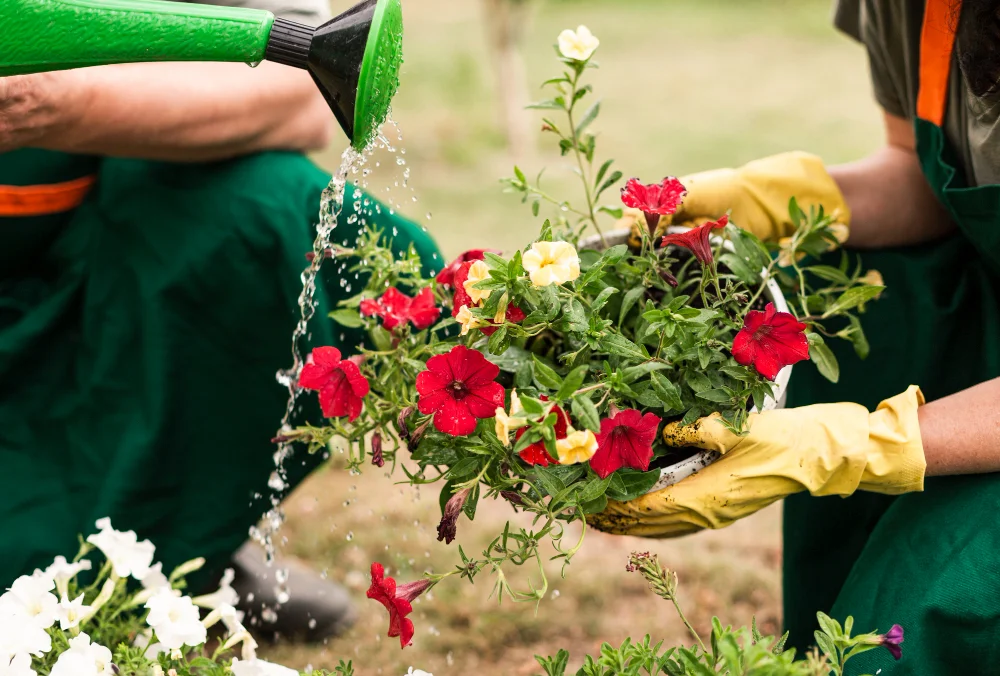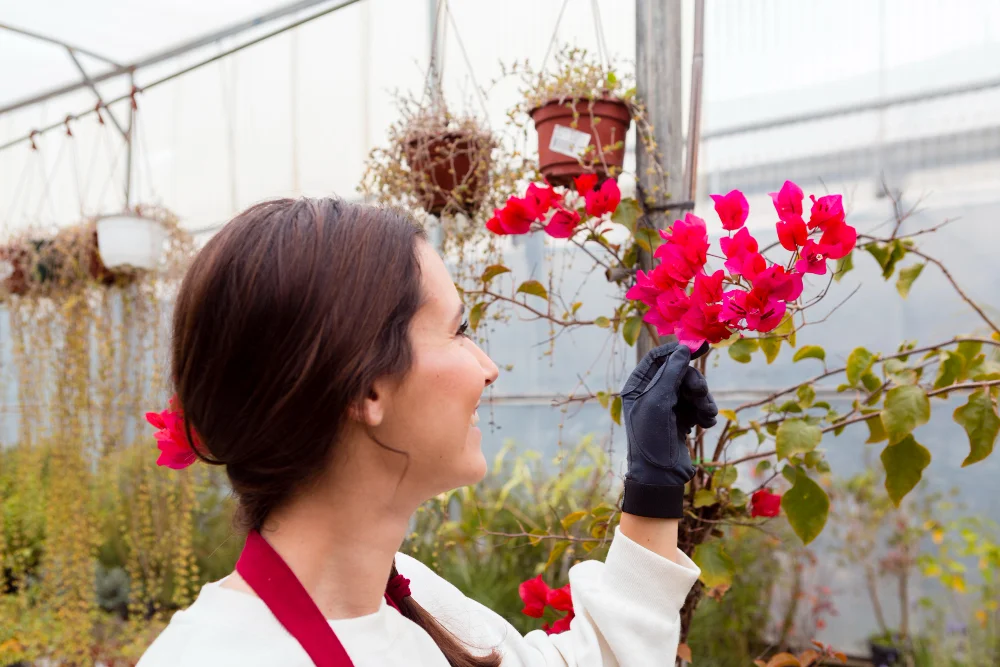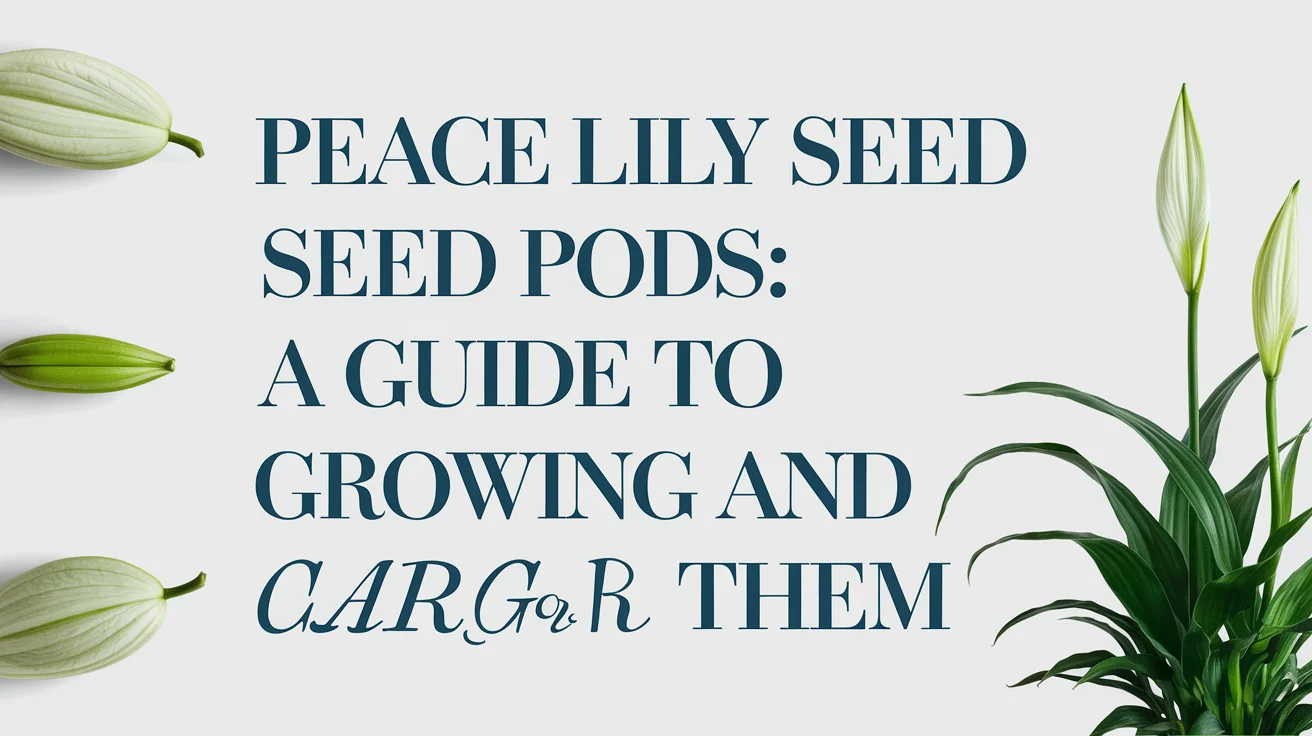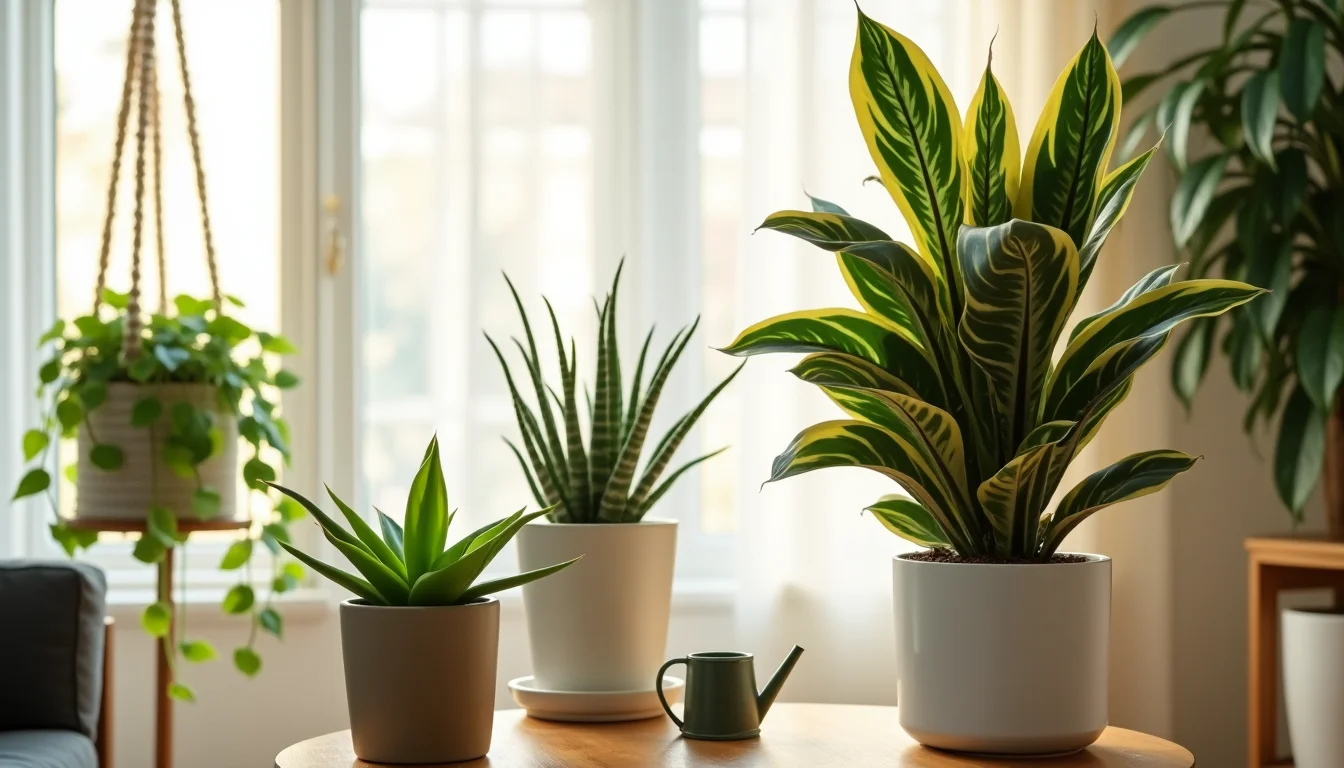Caring for the firecracker plant is easier than most people think. Known for its vibrant red tubular flowers and elegant trailing stems, this plant lights up gardens like tiny bursts of fireworks. Whether you’re new to gardening or want to enhance your tropical garden, understanding firecracker plant care will help you grow a healthy, long-blooming plant that attracts hummingbirds and butterflies.
This article will guide you through everything from planting and pruning to pest control and growth tips. We’ve also added beginner-friendly transitions, structured content, and helpful keywords to meet user intent and SEO goals.
How to Start Firecracker Plant Care Successfully
Starting your journey with the firecracker plant (Russelia equisetiformis) begins with selecting the right spot. This plant thrives in sunny, warm environments and grows best when planted in well-draining soil.
Firecracker plant care starts with location. Place it in a spot that gets at least six hours of direct sunlight daily. It prefers loamy or sandy soil and hates soggy roots. Adding compost or sand improves its drainage. The plant is drought-tolerant once established, making it ideal for xeriscaping and low-maintenance gardens.
Plant it in spring for best results. Make sure the temperature is consistently above 18°C (65°F). Water thoroughly after planting, then reduce watering as the roots settle in.
Watering, Fertilizing, and Soil Requirements

This plant doesn’t like wet feet. Water it only when the top 1–2 inches of soil feel dry.
During the first few weeks after planting, keep the soil slightly moist. Once established, water once a week or less. In extremely hot climates, increase frequency but avoid overwatering.
Use a balanced, slow-release fertilizer twice a year, once in the spring and once in the summer. Overfeeding leads to leggy growth and fewer blooms.
In summary:
- Water when the soil is dry
- Use well-drained soil
- Fertilize only twice a year.
- Avoid waterlogging
Growth Habits and Sunlight Needs of Firecracker Plant Care
The firecracker plant has an arching, weeping habit that adds elegance to any garden. It grows up to 4 feet tall and spreads 3–6 feet wide. Its delicate, needle-like foliage cascades beautifully over pots or garden beds.
This plant loves full sun. The more sunlight it gets, the more it blooms. In shady areas, the flowering reduces, and stems become leggy.
Place it along fences, garden edges, or hanging baskets for a stunning waterfall effect. It’s perfect for tropical-style gardens or butterfly sanctuaries.
Firecracker Plant Care Tips: Common Mistakes to Avoid

Even though it’s easy to grow, some gardeners face issues due to a few basic errors. Avoiding these mistakes ensures the firecracker plant stays healthy, blooms well, and thrives season after season. Minor care adjustments can lead to significant improvements in appearance and performance.
Common Mistakes to Avoid
- Planting in poorly drained, clay-heavy soil
- Overwatering or letting the roots sit in soggy soil
- Keeping the plant in too much shade
- Over-fertilizing, especially with high-nitrogen products
- Skipping seasonal pruning and trimming
How to Prune and Shape the Firecracker Plant
Pruning is essential to keeping the firecracker plant healthy, attractive, and constantly blooming. This plant grows fast and can become unruly without regular shaping. The best time to prune is in late winter or early spring, right before new growth starts. Begin by removing any dead, damaged, or crossing stems. This not only improves airflow but also prevents fungal diseases and overcrowding.
To encourage bushier growth, cut back around one-third of the plant’s length using sharp, sterilized shears. Focus on trimming long, spindly stems to stimulate the growth of side shoots and denser foliage. For container-grown firecracker plants, pruning helps maintain a compact form and prevents root stress from overgrowth.
Light trimming can also be done throughout the growing season, especially after each bloom flush, to keep the plant tidy and promote continuous flowering. Avoid cutting too close to the base, and never prune more than half the plant at once, as excessive pruning may shock it and reduce blooming for a while.
Pests and Diseases That Affect Firecracker Plant Care
Although the firecracker plant is generally hardy and low-maintenance, it’s not entirely immune to problems. Pests such as spider mites, aphids, and whiteflies can occasionally infest the plant, particularly during hot, dry weather.
These insects feed on the sap and can cause the yellowing of leaves, stunted growth, or stem distortion. Fungal issues, such as
Common Pests and Diseases
- Spider mites – cause fine webbing and leaf discolouration
- Aphids – cluster on new growth and suck plant sap
- Whiteflies – leave sticky residue and weaken the plant
- Root rot – results from consistently wet soil
- Fungal leaf spots – appear as brown or black patches on leaves.
Firecracker Plant Care in Containers and Hanging Baskets
The firecracker plant adapts beautifully to container gardening and hanging baskets, making it a versatile choice for patios, balconies, and small garden spaces. When planting in containers, choose a large pot with proper drainage holes to prevent waterlogging.
A lightweight mix of potting soil blended with sand or perlite ensures good aeration and drainage. Because container plants dry out faster than those in the ground, it is essential to monitor moisture levels regularly and water when the top inch feels dry. In hanging baskets, the plant’s cascading stems create a striking waterfall effect, especially when in full bloom. Fertilize every 4–6 weeks during the growing season using a diluted, balanced liquid fertilizer to support continuous flowering and lush foliage.
Propagating Firecracker Plants at Home
Propagating firecracker plants is a rewarding and straightforward way to expand your garden. The most common method is through stem cuttings, which root quickly under the right conditions. Select a healthy, non-flowering stem that is approximately 4 to 6 inches long.
Remove the lower leaves, then place the cutting into a moist, well-draining medium such as a mix of peat and perlite. Keep the container in a warm, shaded area and maintain consistent moisture, avoiding overwatering or allowing the soil to become too dry.
In a few weeks, roots will begin to form, and you can transplant the new plant into a larger pot or directly into the garden. Spring or early summer is the ideal time to propagate, as the plant is actively growing.
Steps for Propagating Firecracker Plants
- Choose a healthy, non-flowering stem.
- Cut 4–6 inches in length with clean, sharp scissors.
- Remove lower leaves to prevent rot.
- Plant in moist peat-perlite mix
- Keep in a warm, shaded spot until roots develop.
- Transplant once the cutting is well-rooted
Firecracker Plant vs Other Ornamental Plants
The firecracker plant stands out among ornamental plants for its low-maintenance care, unique fountain-like growth, and long-lasting red blooms. Unlike many flowering plants that require constant deadheading and rich soil, the firecracker plant thrives in poor, sandy soils and needs minimal pruning.
Compared to petunias or geraniums, it is far more drought-tolerant and resistant to pests. While lantana or bougainvillea also offer vibrant colors, they may become woody or invasive; in contrast, the firecracker plant maintains a soft, graceful appearance and remains well-behaved in gardens or containers.
Its ability to attract hummingbirds and butterflies without the fuss makes it an excellent alternative to other sun-loving ornamentals.
Conclusion: Firecracker Plant Care Tips to Avoid Mistakes
Understanding what not to do is just as important as knowing the proper steps in caring for firecracker plants. Many gardeners unintentionally stunt the growth or reduce blooming by making critical yet straightforward mistakes.
Planting in heavy, water-retaining soil or placing the plant in low-light areas are common issues that prevent it from thriving. Likewise, overwatering and excessive feeding can lead to root problems, weak stems, or sparse flowers.
By avoiding these pitfalls, you allow the plant to grow naturally and vigorously. Correcting just a few small habits, such as pruning regularly, using the right soil, and ensuring proper sun exposure, can dramatically enhance its health, appearance, and flower production.
Taking a little extra care now will reward you with a lush, vibrant firecracker plant that continues to bloom beautifully throughout the growing season.





